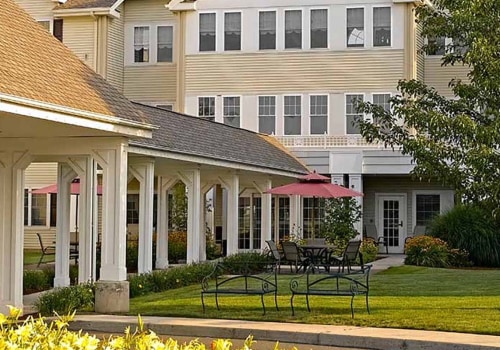Residents who do not require the ongoing medical or nursing services provided in intensive care hospitals, inpatient psychiatric centers, and specialized nursing homes can benefit from assisted living in New York. Adult care centers offer a variety of services and the Department of Health provides results. In New York, ALFs can use social security income to help pay part of the cost of assisted living.
Assisted living residents
can have their own rooms or share a room if the center deems the roommate appropriate.Due to the ever-changing nature of the COVID-19 crisis, it is important to contact your assisted living center or local senior agency for the most up-to-date information. An assisted living center (ALF) for the elderly can house up to 200 unrelated residents. As the Assisted Living Program has limited enrollment, it is not uncommon to be placed on a waiting list. However, assisted living costs much less than memory care and less than half the cost of living in a semi-private room in a nursing home.
The Assisted Living Program pays for a program participant's basic cost to reside in an approved assisted living residence. The New York Assisted Living Program has eligibility criteria related to age, functional capacity, and financial situation. The Long-Term Care Ombudsman (LTCO) ensures compliance with the assisted living facility code and residents' rights, such as access to care and dignity in life. Every assisted living residence that participates in the ALP is initially and periodically certified by the New York State Department of Health.
The majority of people who live in care homes are satisfied with their level of independence and with the amount and type of care they receive. People in this situation can still receive some financial aid from New York Medicaid that can be used to offset the costs of personal care services in assisted living homes, but not the costs of room and board. For seniors who qualify for Social Security benefits, there are special assisted living programs that can help cover the cost of assisted living. Since the cost of assisted living is so high, residents generally have no income once the ALF bill has been paid.
The Assisted Living Program is almost unique in its hybrid structure of Medicaid and other non-Medicaid funds which allows it to pay for both assisted living services and the room and board expenses of some participants. This is beneficial as it allows residents to increase their social and recreational activities while also saving money for the state since it is significantly cheaper than nursing home care.








